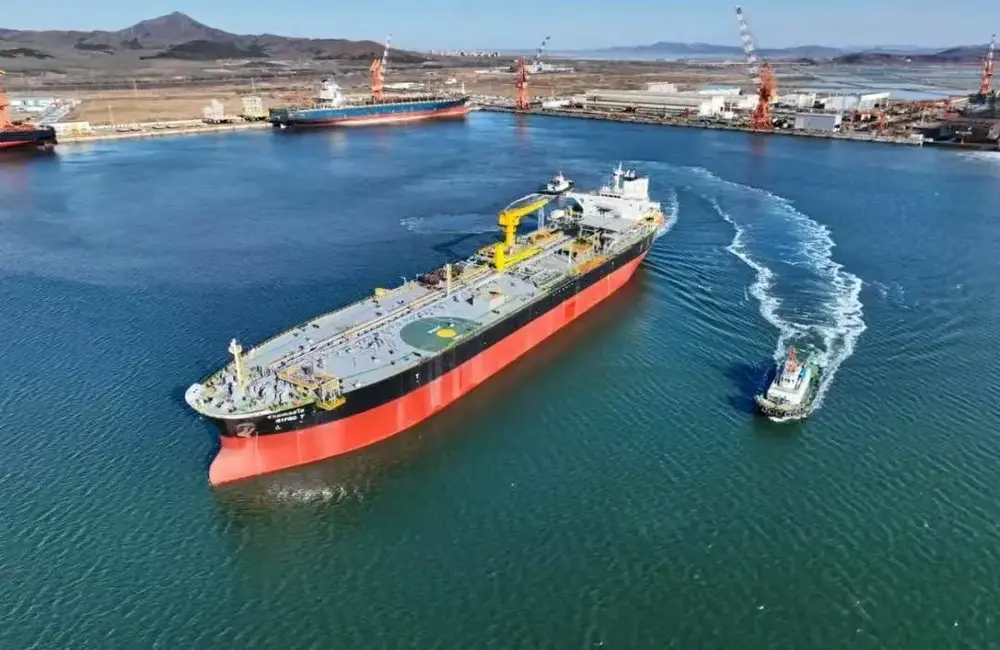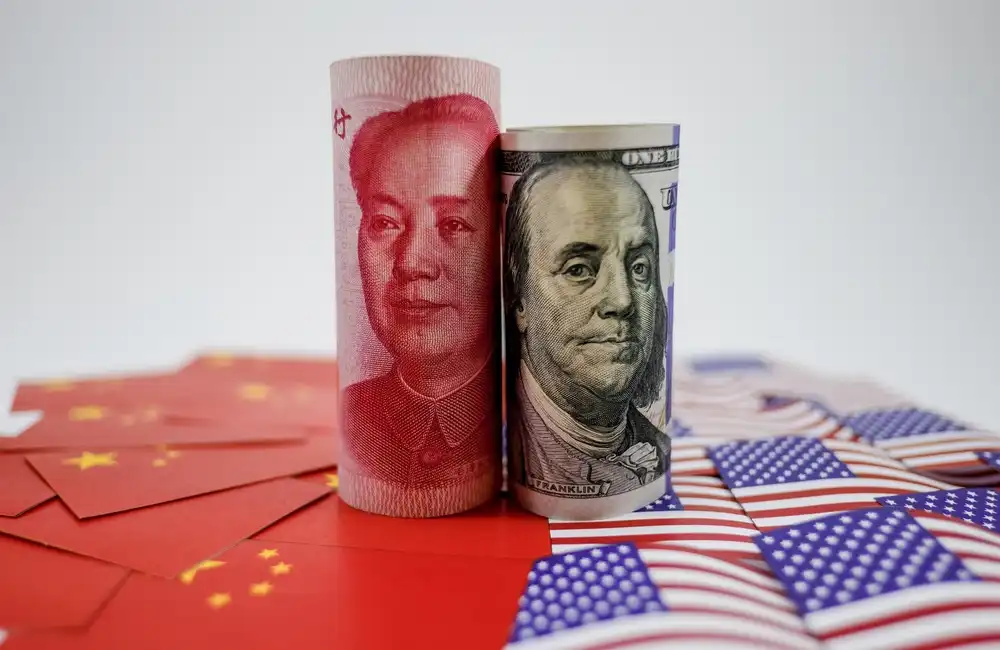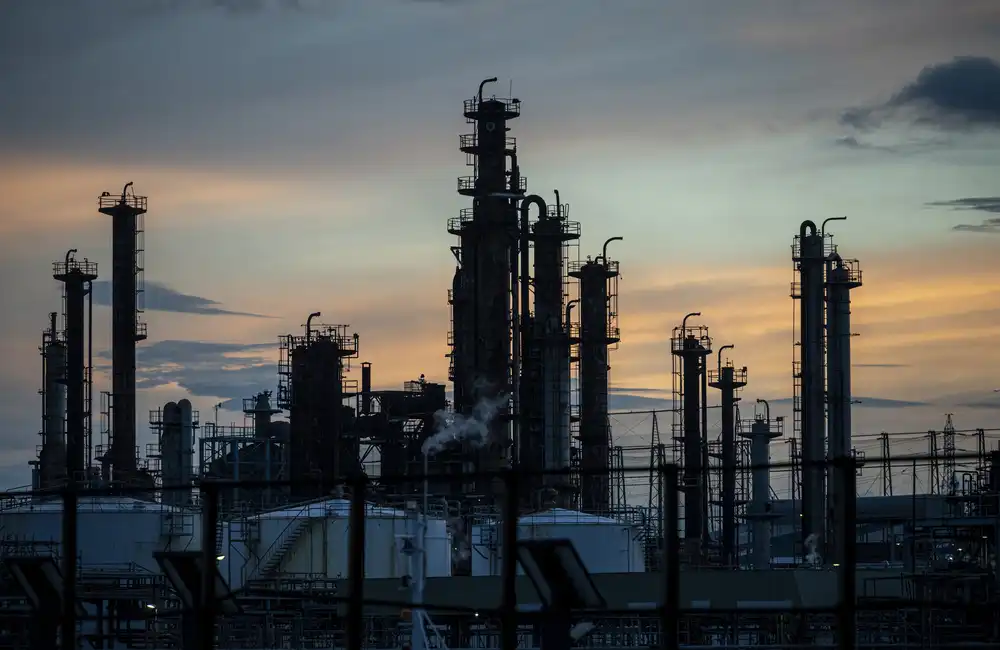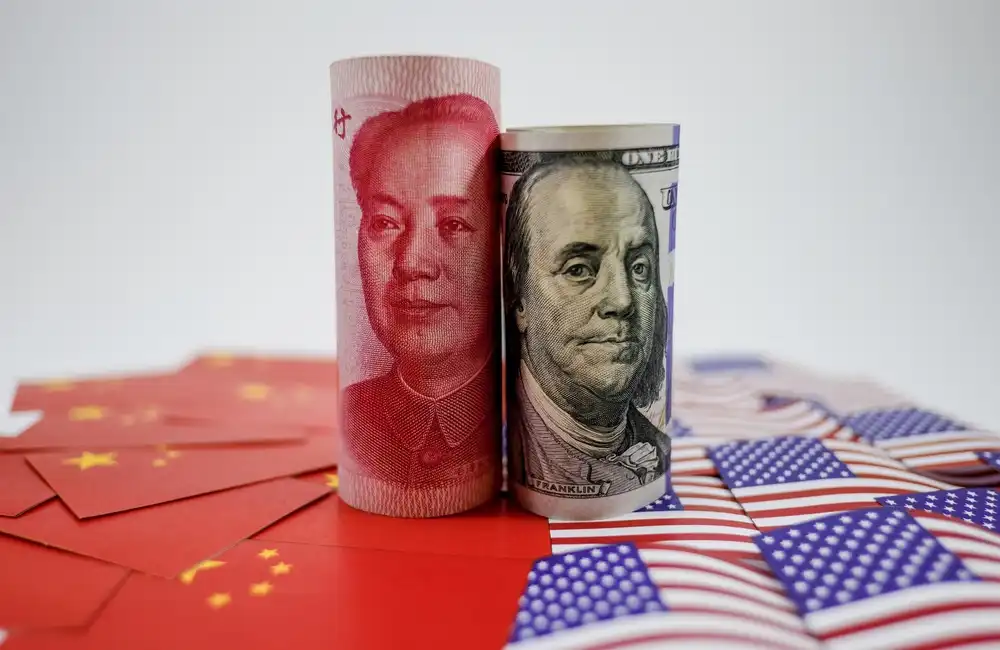The energy crisis in Europe is causing a renewed emphasis on security of supply, leading Freeport LNG to build sufficient commercial support to sanction a 5 million mt/year expansion at its Texas export facility in early 2023, CEO Michael Smith said March 9.
US LNG Outlook: Train 4, Pricing Trends, and Investment Revival
Challenges in securing enough long-term contracts in recent years had stalled a final investment decision (FID) on Freeport LNG’s proposed Train 4. However, a massive surge in European LNG prices following Russia’s invasion of Ukraine has rapidly shifted buyer sentiment.
“There are several pedigree buyers for Train 4, and we are in very, very active discussions,” Freeport LNG CEO Michael Smith said at the CERAWeek by S&P Global energy conference in Houston. “The tenor of conversations and the pricing has changed in the past seven days to a point now where I genuinely think that hopefully we can build the facility and reach FID in the first quarter next year.”
Cutting Out the ‘Race to the Bottom’
Smith suggested that the current crisis in Europe may reverse the trend of US LNG developers “racing to the bottom on pricing,” despite increased commercial activity reported by competing project sponsors.
Cheniere, the largest US LNG exporter, previously made FIDs on projects with fixed liquefaction charges in the $2.75/MMBtu–$3.50/MMBtu range. More recently, second-wave developers had dropped fees to below $2/MMBtu in some cases. However, Smith believes developers now have leverage to negotiate for higher fees that better reflect market conditions, though he did not define a specific target for what constitutes “fair value.”
Simultaneously, inflationary pressures on global supply chains present headwinds to new LNG developments, with Smith pointing to elevated steel prices and Russia’s role as a key global supplier of nickel — a critical material in pipe infrastructure. “Who knows what they’re going to cost now,” he remarked.
Volatile Prices and Market Shifts
Smith expressed confidence that buyers would be willing to pay more for LNG in the current environment to back stalled but competitive projects. The urgent demand from Europe has forced buyers to aggressively pursue sale and purchase agreements (SPAs), which are crucial for enabling new construction.
Spot LNG prices have now surpassed those indexed to oil — the mechanism that historically dominated global LNG trade. This shift underscores the resilience of the traditional US LNG SPA model, Smith said, describing it as the most reliable structure for ensuring energy security during times of market stress.
S&P Global Commodity Insights assessed the Platts DES Northwest Europe Marker for April at $44.870/MMBtu on March 9, down $16.055/MMBtu from the all-time high set the day before. Meanwhile, the US FOB Gulf Coast marker for cargoes loading 30 to 60 days ahead was assessed at $40.750/MMBtu on the same day.
US LNG producers have been running their facilities at full capacity for months, leaving little room to provide immediate relief to Europe. A significant expansion of US export capacity would require a wave of long-term SPAs to support financing, Smith emphasized.
Freeport LNG anticipates that Train 4 could be commissioned roughly four years after commercial sanction. Reflecting on the upheaval, Smith concluded, “The one thing it proves is that the US LNG model was built for exactly that.”


















